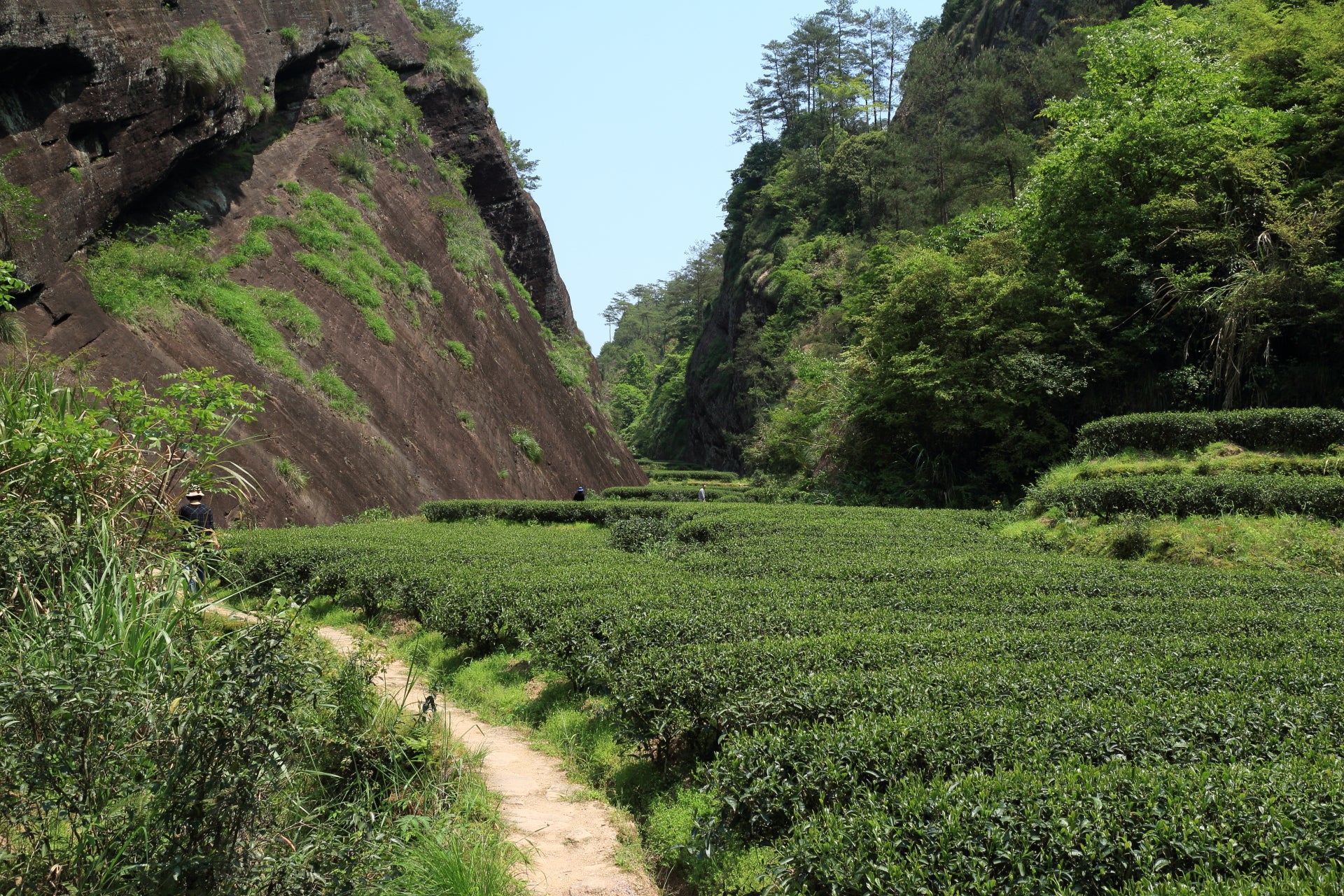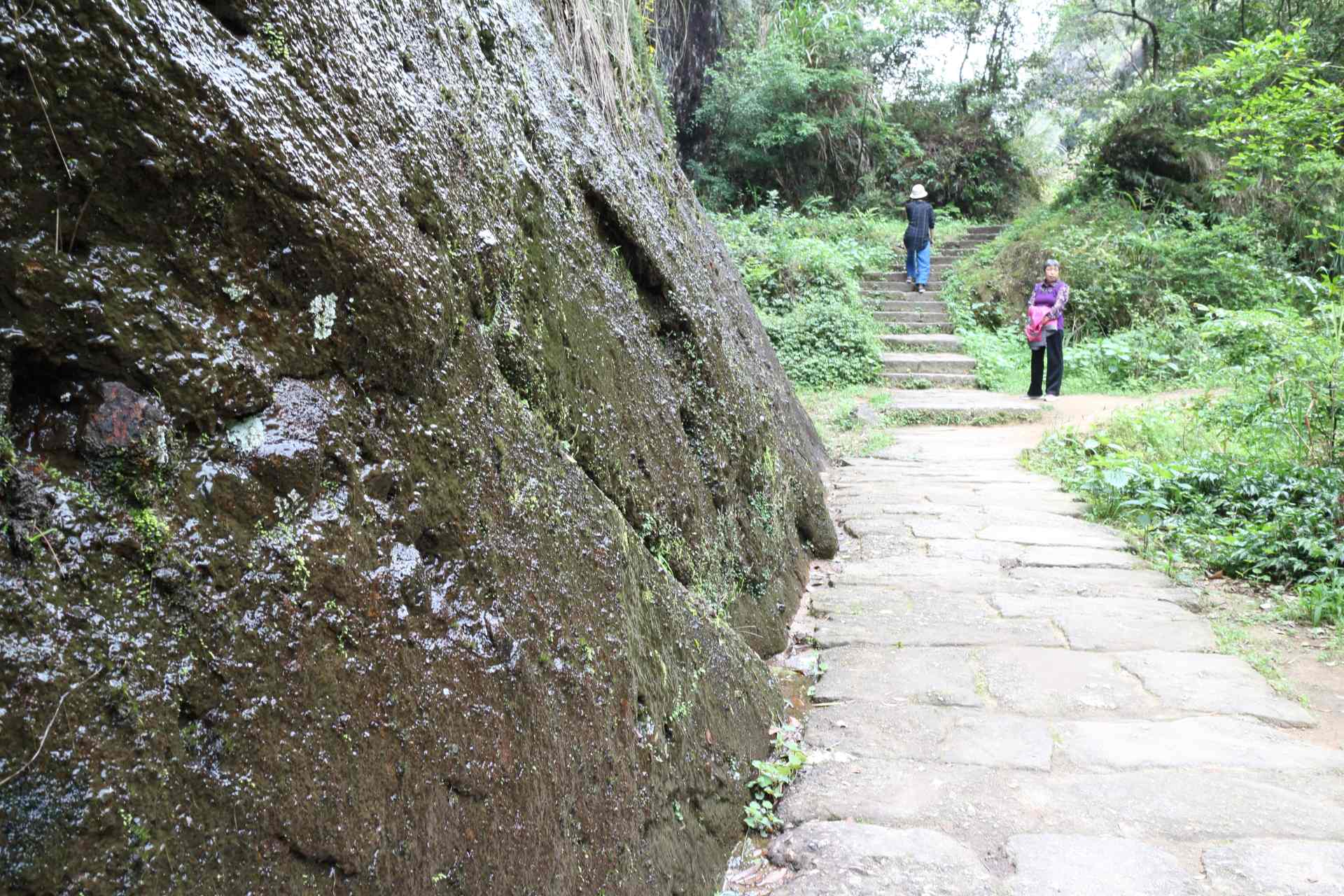Tieluohan
Der nach seinem legendären Schöpfer, einem Buddha mit eisen- oder vielleicht rostfarbener Haut, benannte Tieluohan ("eiserner Arhat") ist einer der Si Da Ming Cong oder "vier berühmten (Tee-)Sträucher" und besonders für seinen Birnengeschmack bekannt. Ein weicher, leicht süßer Aufguss wird durch eine angemessene Röstung verstärkt, die Zeit hatte, milde zu werden und Karamell, Walnuss, getrockneten Ingwer und gekochte Birne hervorzubringen, während ein Hauch von kühlem und holzigem Wacholder im lang anhaltenden Hui Gan erscheint. Aber seien Sie gewarnt! Ein starkes Ziehenlassen kann die ganze verborgene Intensität der Röstung zum Vorschein bringen, vielleicht wie die geheime Kunst eines Einsiedlermönchs.
- HERKUNFT: Caodun, Xingcun, Wuyishan, Nanping, Fujian, China
- WAS DER NAME BEDEUTET: Eiserner Arhat (tie luo han)
- ZÜCHTUNG: Tieluohan
- GEERNTET IM: Frühjahr 2020
- GESCHMACK: Gekochte Birne, Walnuss, Wacholder
- Menge: 6g / 500ml
- Wassertemperatur: 90°C
- Ziehzeit: 5 Min.
- Quantity: 3g / 100ml
- Wassertemperatur: 90°C
- 4 Aufgüsse: 45, 45, 60, 90 Sek.
Die besten Ergebnisse beim Gongfu Cha erzielen Sie, wenn Sie den Tee im traditionellen Gaiwan oder in einer Yixing-Teekanne zubereiten. Eine zu hohe Wassertemperatur könnte die Blätter verbrennen und zu einem bitteren Geschmack führen.
Zusätzliche Informationen
Authentic Wuyi Yan Cha is produced in the Wuyi Mount region, a UNESCO natural heritage site. The dramatic gorges of the Nine Bend River are surrounded by a largely intact subtropical forest and smooth cliffs of black-brownish rocks. The tea plants grow in narrow valleys, next to the cliffs, in a mineral-rich soil.
Today Wuyi Yan Cha is one of the most valued teas in China. Because it has become a status symbol, many wealthy Chinese are willing to pay a fortune for it without even knowing how a proper Wuyi Yan Cha should taste. The result has been prices inflating to unjustified level and quality often sacrificed for quantity.
Unique to the Wuyi Yan Cha is a mineral savor coming from the soil and the surrounding cliffs. Being the oolong with the highest fire finish, fresh Yan Cha may as a result be strong and pungent. Sharpness and too-prominent astringency subside upon ageing. Premium high-fire Yan Cha tastes better after a few years of storage. Use a Yixing teapot to soften the tea, should it be too astringent for your palate.
The overall tasting profile is rich, complex, and deep. Depending on cultivar and environment, the mineral-roasted flavor is refined by floral, fruity, nutty or woody accents.










